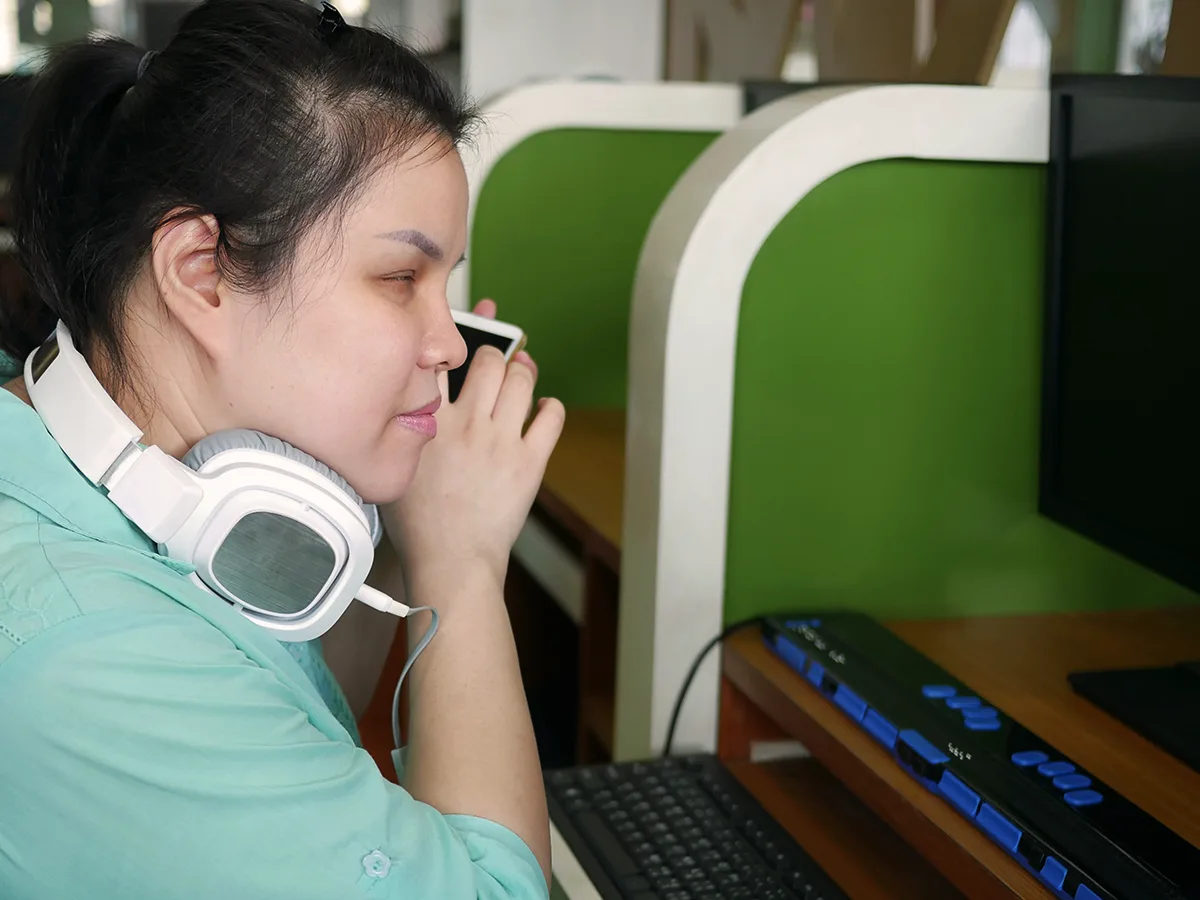4 myths — and facts — about working from home
Get the facts about working from home. Find out why it’s an important accessibility tool for many employees with disabilities.
There have been negative myths about working from home for many years. People with disabilities have asked for this accommodation in the past. But they’ve often been denied.
The coronavirus pandemic showed that remote work is possible. And that working from home can help employees to thrive. Now, employers are more likely to allow work from home as a reasonable accommodation. Still, many employers see in-person work as essential.
Here are some common myths about working from home — and why they don’t measure up to the facts.
Myth #1: Employees working from home won’t be as productive.
Many managers worry that employees who are working from home will be distracted. Or that they’ll simply choose not to work.
Fact: Evidence suggests that employees have gotten better at working from home since the start of the pandemic. Most employees report the same or better productivity when working from home.
Recent studies note that remote workers tend to work more than their in-office counterparts. But they often struggle to “unplug” at the end of the day.
Also, for some people with disabilities like chronic pain, working from home gives them access to more workplaces. The commute or physical accessibility issues no longer get in the way.
Myth #2: The technology is limiting.
Some managers believe that remote work tools are too tricky to get right.
Fact: The pandemic has proven that businesses can adapt to using online tools. Most companies now have systems in place to support remote work. And this study from Deloitte showed that 80 percent of employees are satisfied with the collaboration tools they can use for remote work.
Myth #3: We can’t do it unless everyone’s working from home.
Some managers may worry about the appearance of “playing favorites” if only some employees work from home.
Fact: For people with disabilities, working from home can be a reasonable accommodation. This is according to the Equal Opportunity Employment Commission (EEOC).
The EEOC provides detailed guidance to help employers craft work-from-home policies to support people with disabilities. JAN also has a resource on concerns about morale and fairness.
Myth #4: Employees who work from home won’t be as engaged with the team.
Some managers fear that remote employees won’t feel like engaged members of the team.
Fact: During the pandemic, people found creative ways to bond with their teams. And with good leadership, this can continue.
Inclusive workplace practices, like working from home, are now more common because of the pandemic. But in-office mandates are on the rise. It’s important to know that for people with disabilities, working from home is a tool for accessibility.
Looking for more information on workplace practices? Check out our guide to workplace supports and accommodations.




